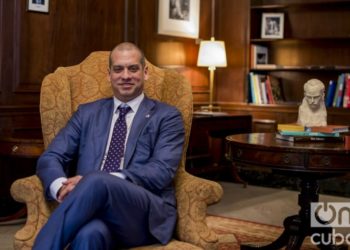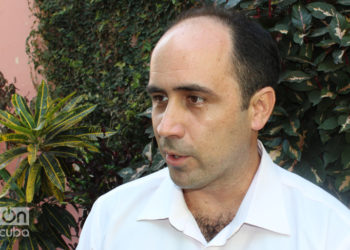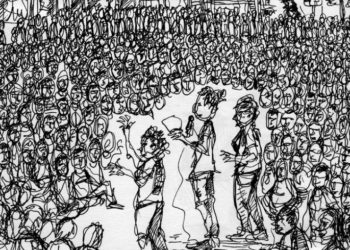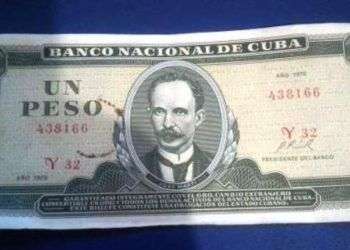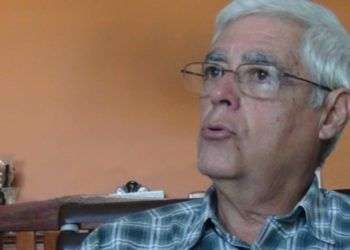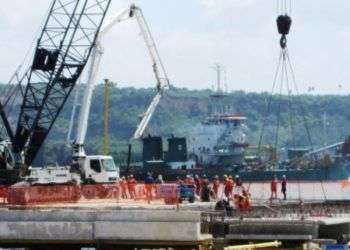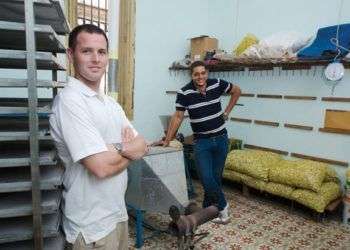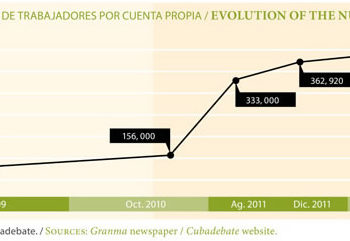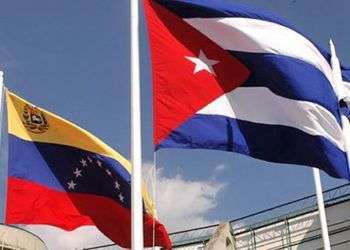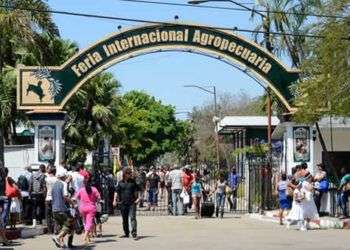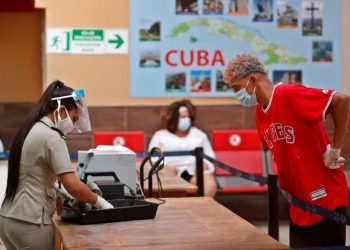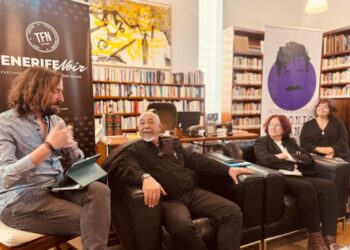Daniel Sepulveda: “A Miami-Havana submarine cable would help our countries heal”
Daniel Sepulveda, Deputy Assistant Secretary of State and U.S. Coordinator for International Communications and Information Policy at the State Department, and one of the first American officials to get involved in the U.S.-Cuba normalization process, visited Cuba for the second time. He had been in Cuba before leading a governmental delegation that held talks with the Cuban government about telecommunications in March 2015. Although from different perspectives, both countries are very interested on the issue, which is a priority in the bilateral agenda. It is also a topic of great interest to the public, who have been expectant, hoping to see changes fast. Only a quarter of the Cuban population has access to the internet, according to official figures, and most of these connections are very slow. Few Cubans have access to the internet at home. Sepulveda said that on that first trip both sides held talks about the regulatory and legal changes made by the United States. “We explained our system of government and our legal structure for the exchange of commerce, particularly in technology and telecommunications, with our aim to have Cuban commercial entities – in his case ETECSA – and American communications and technology companies work together...


